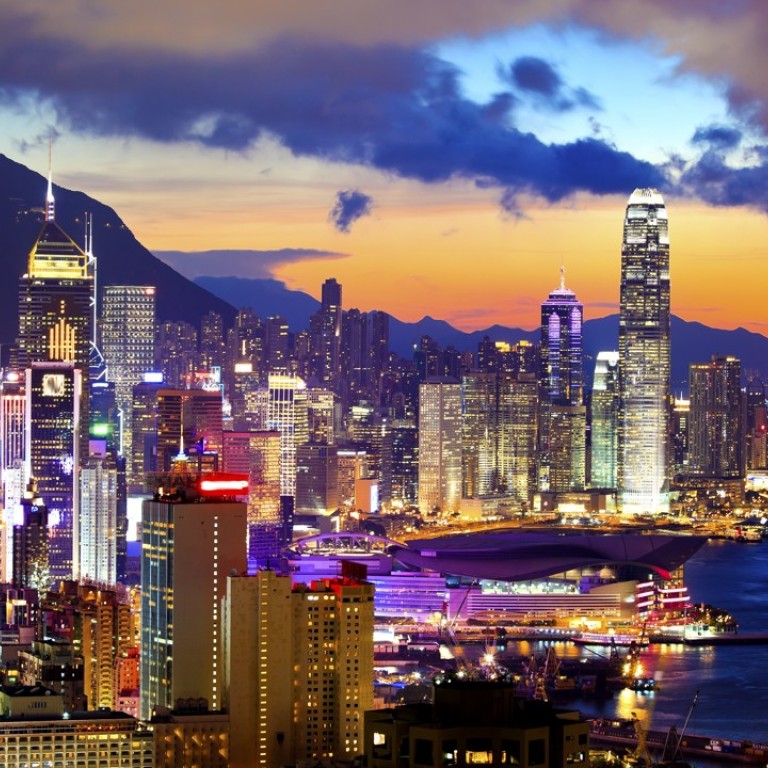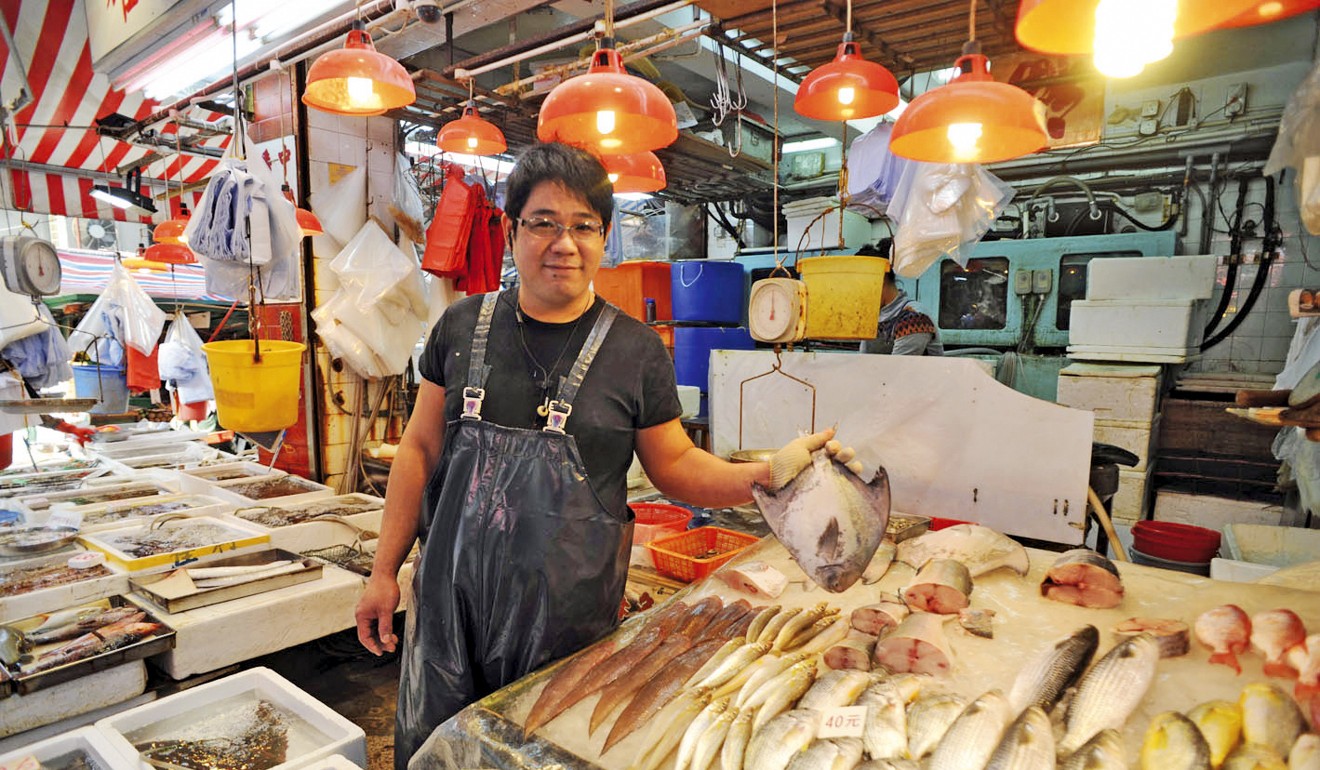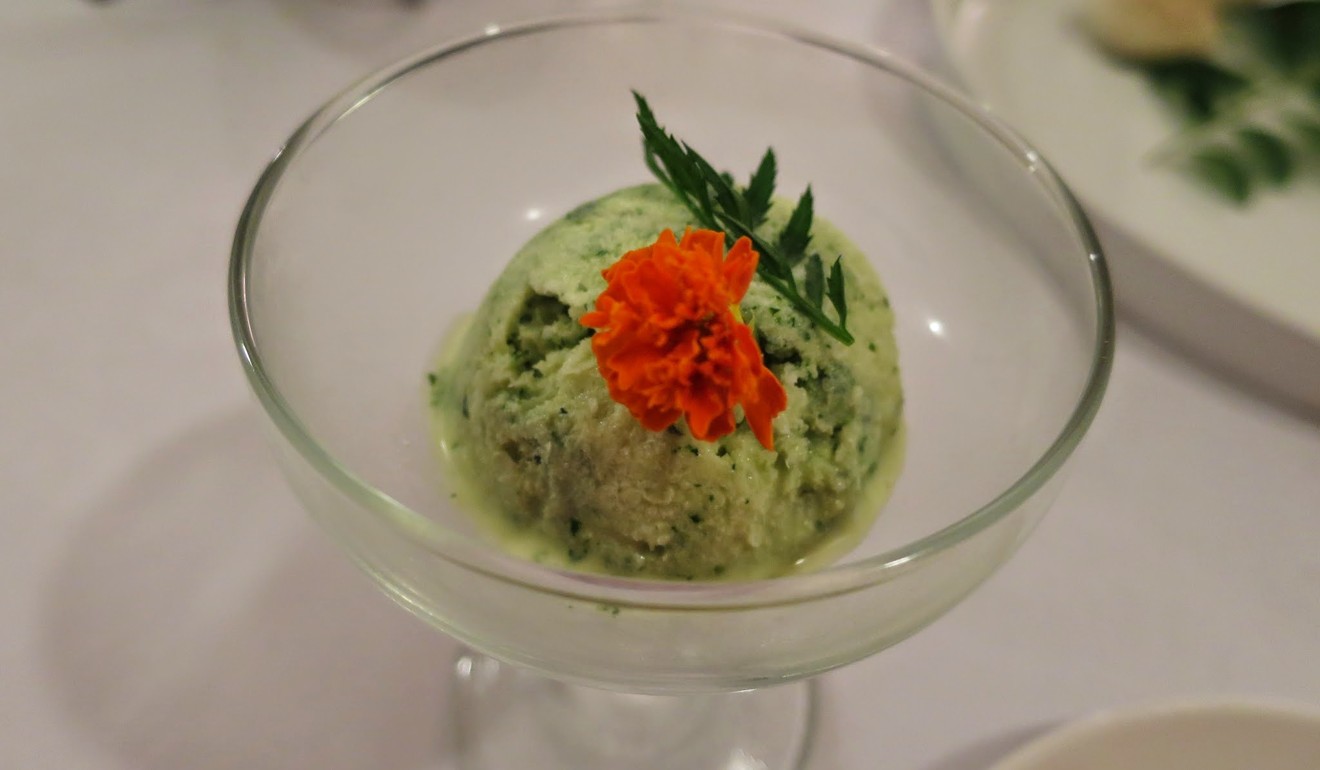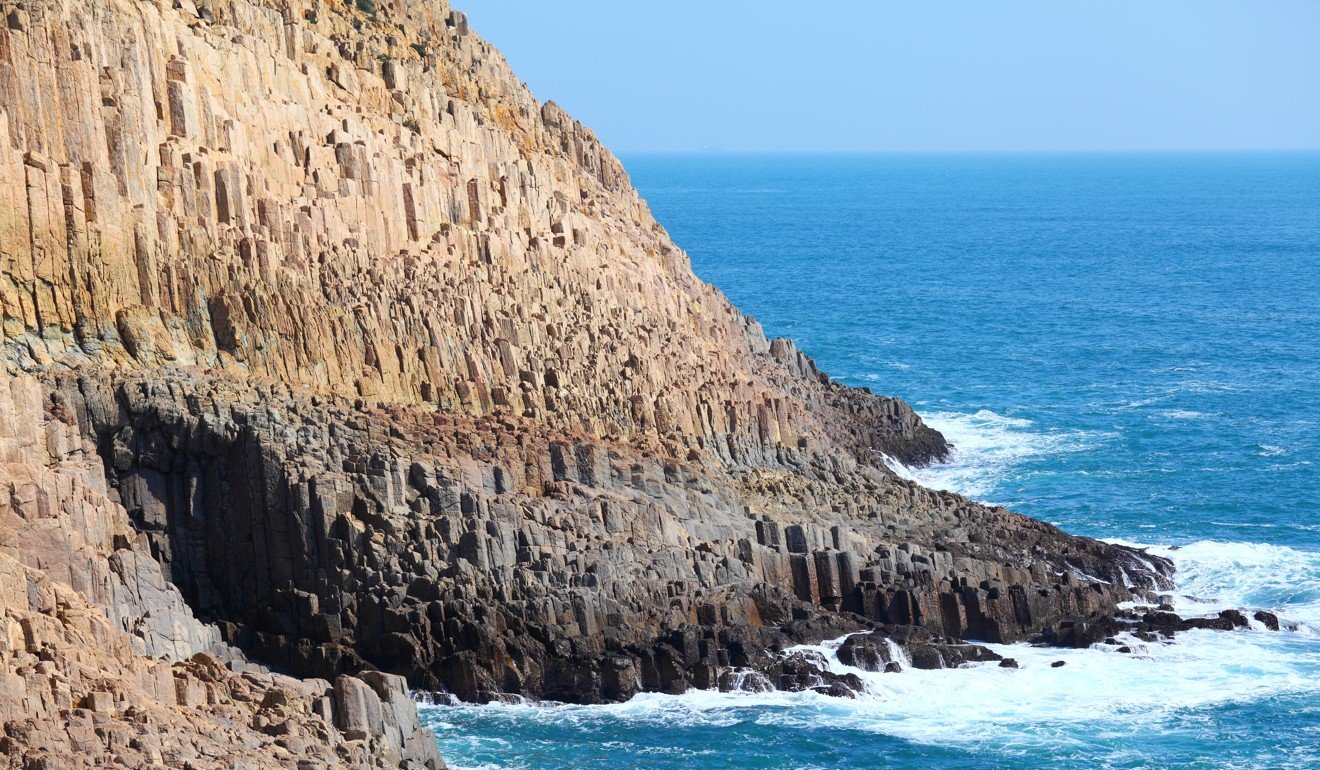
What’s new in the latest Lonely Planet Hong Kong? We ask the writer...
The 17th edition of the guide explores the complexity of the city’s attractions, highlighting not just local food hot spots, but also the untamed natural beauty of Hong Kong
Hong Kong is as much a city of change as it is one of tradition. It is home to longstanding restaurants and here-today-gone-tomorrow eateries. The latest attractions with all their bells and whistles must compete with the natural beauty of the parks and mountains.
Such is the point of the latest Lonely Planet guide to our city, a much needed update to the former edition published two years ago.
Lonely Planet’s China guide has come a long way, with 15th edition out this week
Hong Kong native and travel writer Piera Chen, co-author of the 17th edition of Lonely Planet Hong Kong, describes the city’s attraction as “complex”, and aims to not only highlight some local favourites and hidden gems for visitors but even show locals a few things they may have been missing out on.


The presence of mountains and rocks puts things into perspective – they’re ... humbling reminders that our skyscrapers, temples and egg waffles ... are transient
So what can readers expect in this latest edition of Lonely Planet? According to Chen there’s a fair share of food, as this is one of the reasons many people visit the city. “These are not listings, just new restaurants included in the general ‘Eat’ section that reflect certain trends in Hong Kong’s culinary landscape,” she says.
Chen won’t share names – “Readers will have to buy the guide to find out,” she says – but does reveal that she and her co-author, Emily Matchar, point out restaurants run by families of “venerable establishments” where diners may expect less costly, signature dishes.
“Ingredients may hail from the same source, the chef might have been with the family for a long time … which makes these offshoots an attractive option if you don’t mind, say, less sumptuous surrounds or fewer selections on the menu.”
Food is an obvious source of enjoyment for Chen, who highlights new approaches to classic, local cuisine. “Eateries doing refined, creative takes on familiar Canto chow may appeal to foodies who, say, love the humble claypot rice but want to try a version with top-quality ingredients,” she says. “Cantonese cuisine lends itself very well to this. The Cantonese are famous for their meticulous handling of humble, everyday ingredients in the kitchen. You can’t go wrong flavour-wise upping the ingredients.”

The good, bad and ugly sides of Cape Town – world’s No 2 destination in Lonely Planet’s Best in Travel 2017 guide
Chen’s favourite Hong Kong destination is the Geopark in Sai Kung, for its natural beauty and historical significance.
“I can’t emphasise enough how much I love that place. I tear up just thinking about it sometimes,” she says. “Hong Kong stands on vanished volcanoes – Sai Kung, Tsuen Wan, Cheung Chau … all volcano country once, and theoretically, one could walk to Taiwan.
The four best sights in Hong Kong’s below-the-radar geopark and how to visit them
“These stunning basalt columns, created by an eruption 140 millions years ago, have seen dinosaurs and prehistoric fish, and they’ll be here long after Hong Kong has gone.”

While inbound travel numbers were down when the last Lonely Planet edition was published, Chen has observed the Hong Kong Tourism Board doing more to attract travellers from countries other than China, and an increasing number of young travellers interested in visiting places in Hong Kong that have appeared in movies and music videos.
Another trend she’s noticed is that there are more options now than ever before for interesting mid-range and budget accommodation in Hong Kong.

“Simply digitizing a print guide won’t cut it,” she warns publishers who might simply slap the print version online. “You need to adapt the format so that it looks interesting to read and easy to navigate. You can buy Lonely Planet print guides by chapter, which is convenient.”

